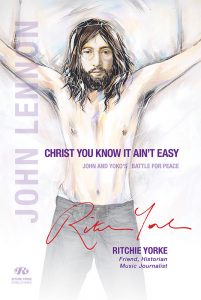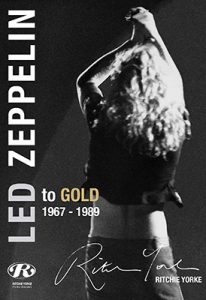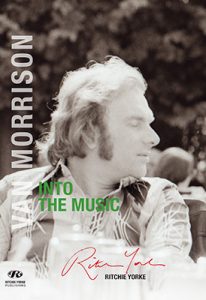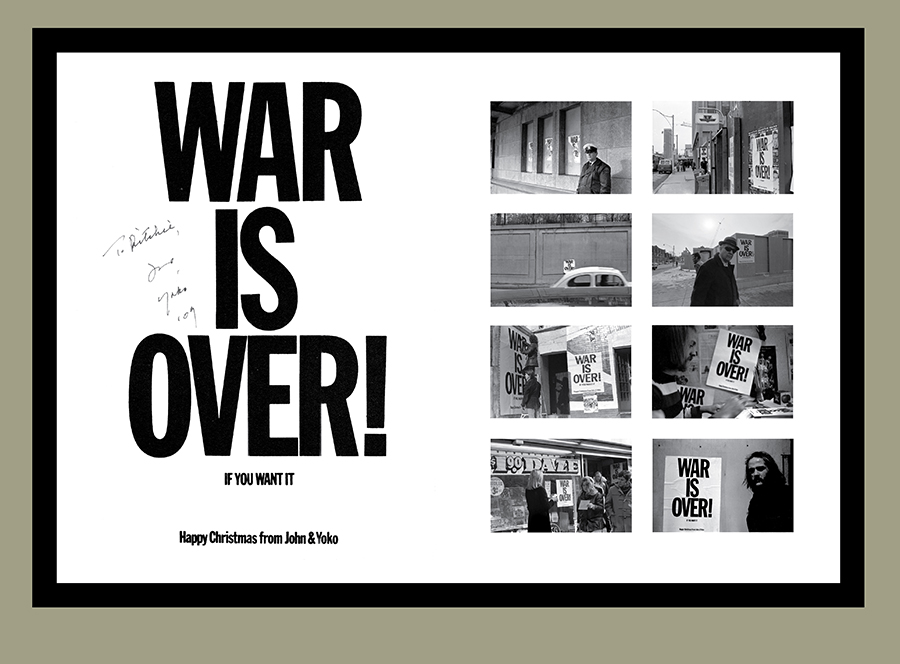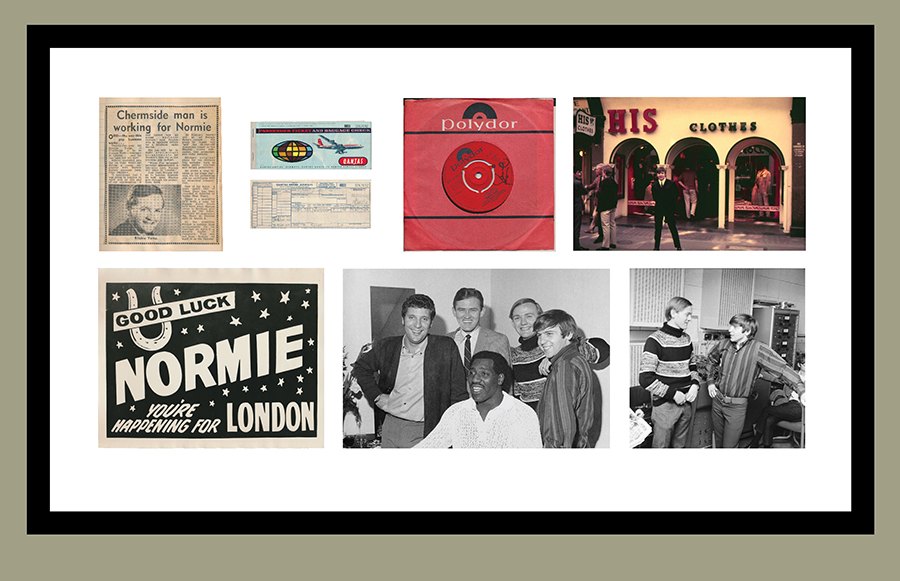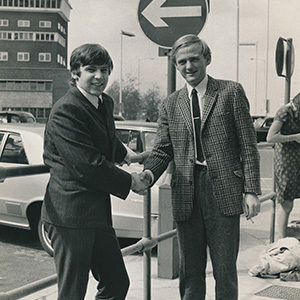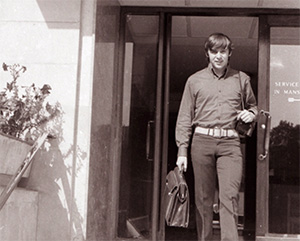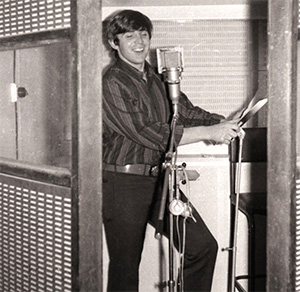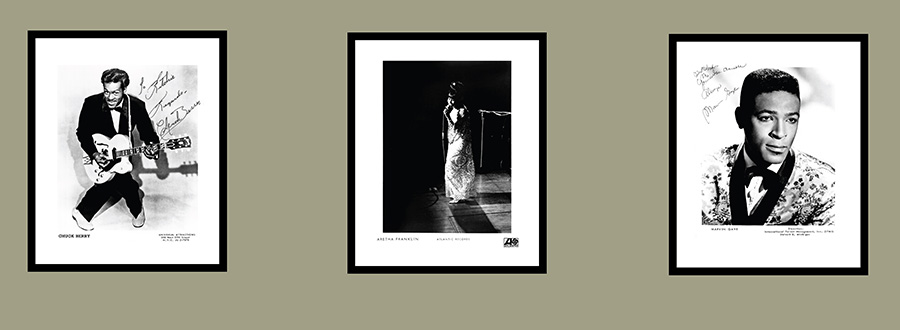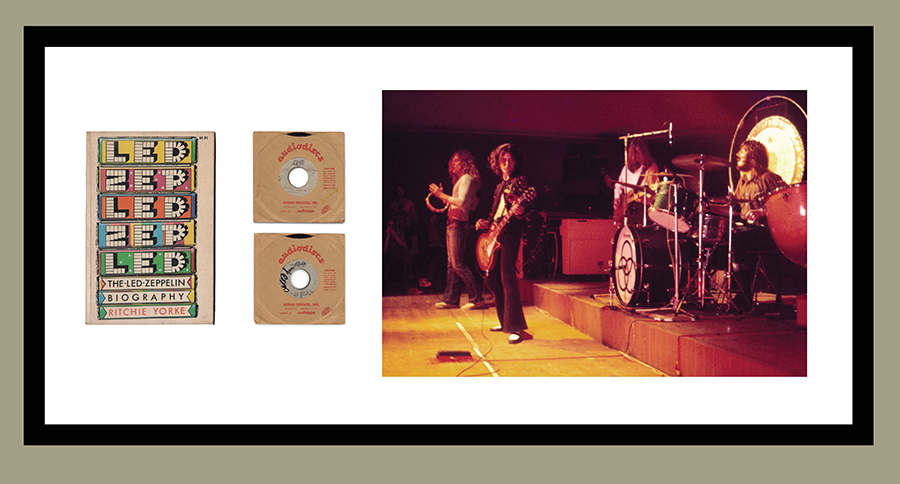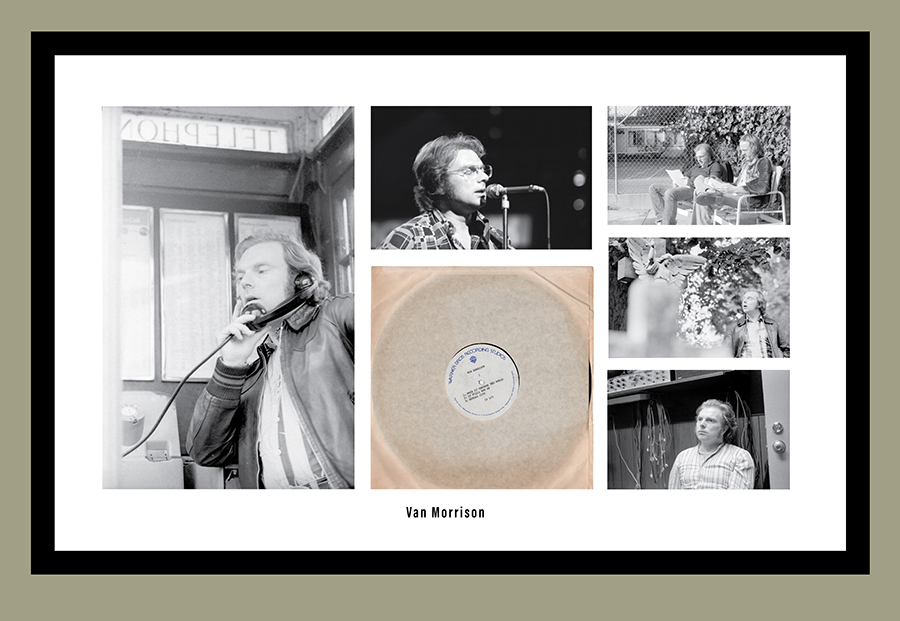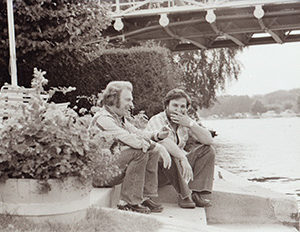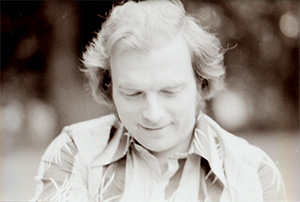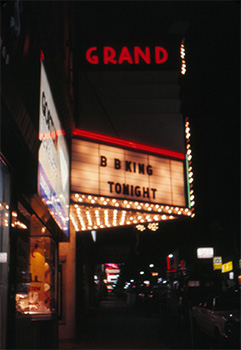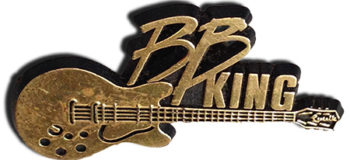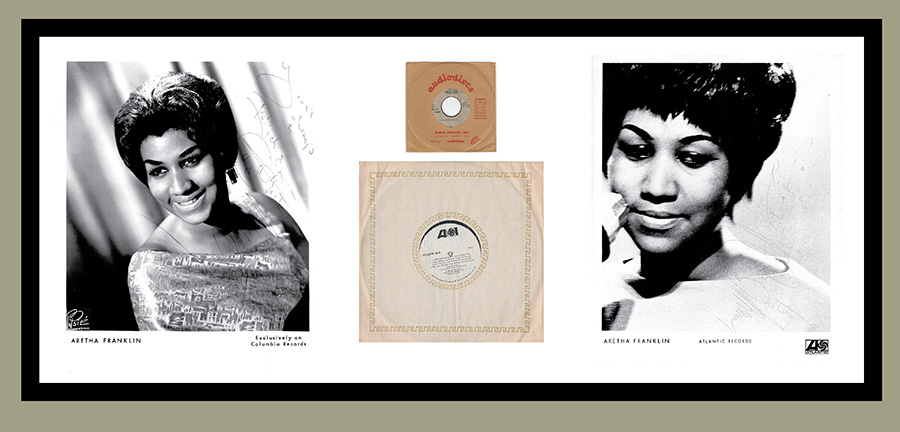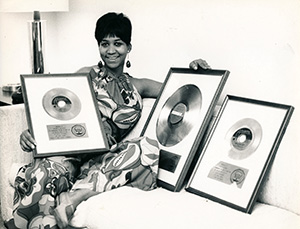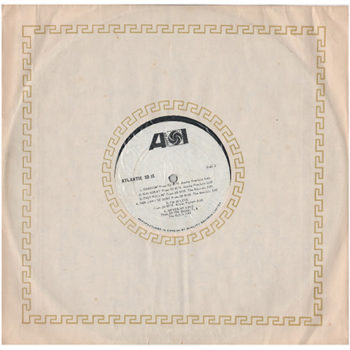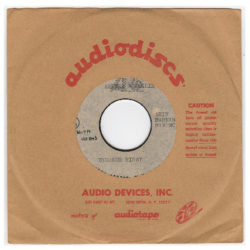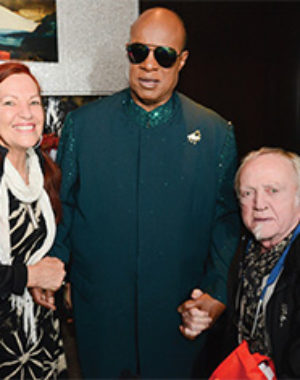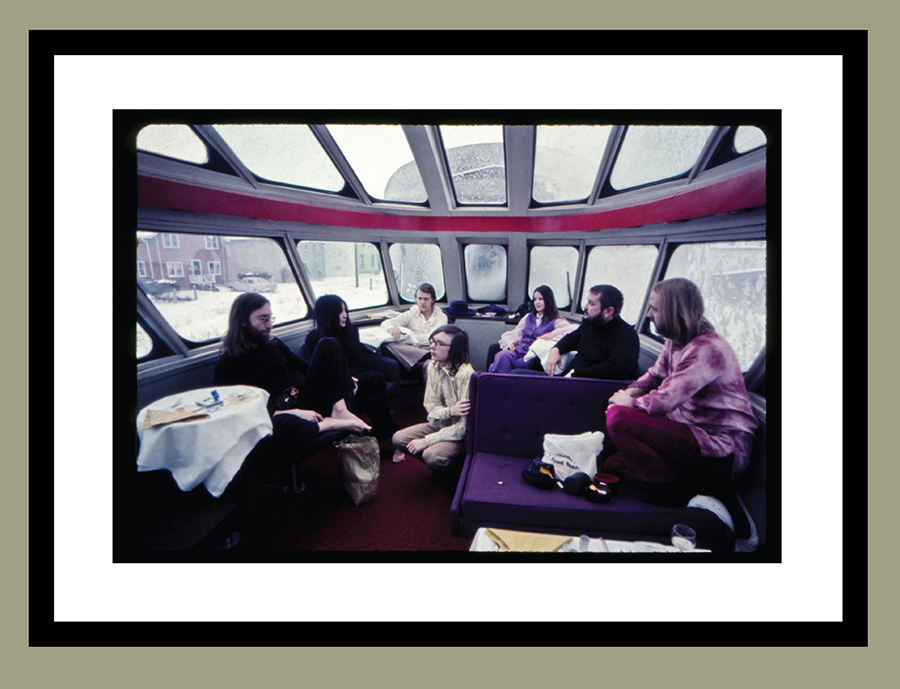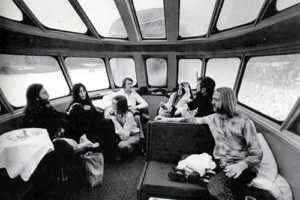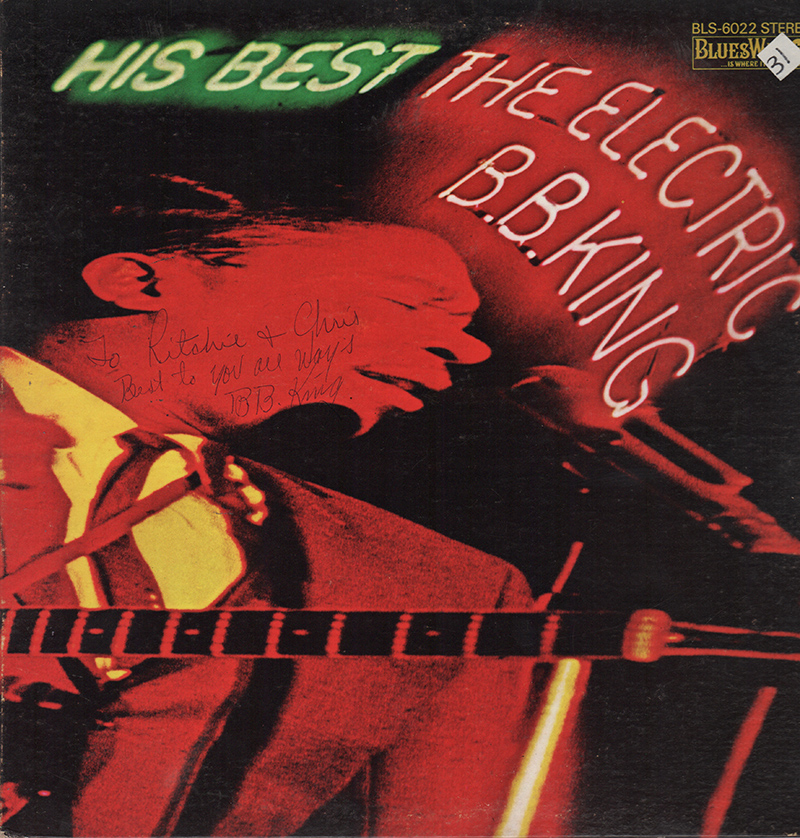In the 20 years since, B.B. has wearily tramped the South, playing for people who dig real blues but regrettably, have very little money to pay for it. In those two decades, he’s had just two months off, and he’s been involved in 14 car accidents where the vehicle was a complete write off.
Up until recently, B.B. hadn’t a hope of making the big bread scene, or of appearing at the places where his disciples pick up the big dollar. But that’s changing. With each day’s passing, B.B. edges a little closer to super stardom. The question is not if but when he’ll get there.
Getting back to the roots is currently fashionable. Young aficionados of pop music are now involved in a quest to follow the lifeline of contemporary rock back to its source. Hundreds of thousands of them keep bumping into the name of B.B. King. The jigsaw puzzle is fitting together for B.B.
The New York Times and Eye Magazine have done big pieces on him. FM underground stations are playing the hell out of his old ABC albums. He played two songs in the soundtrack of the recent Sidney Poitier movie, For Love of Ivy, both of which are included herein.
His bookings for early 1969 are already better than any year that has gone before. He’s set to play at New York’s Fillmore East and Village Gate, the Boston Tea Party, Kent University and numerous other prime spots.
In addition, B.B.’s record label of several years, ABC Records, has set aside a B.B. King month in his honour. This latest album, His Best — The Electric B.B. King, highlights all those years of waiting.
It is I am convinced, the breakthrough album for B.B. Always one of the biggest sellers in the heavy blues market, B.B. King is all set to carve a huge path through the pop field.
The songs on this album typify a stormy, often unhappy but seldom dull life. The lyrics are simple, yet rich and deep. His gutsy singing is punctuated by tinkling piano, exploding shouts from the horns, a thudding bass, and heavy rhythmic drum beats.
But it’s the twisting mournful sounds which come from Lucille’s amplifier which demonstrate why B.B. is rightfully regarded as the greatest living blues guitar man. His skill on axe defies description; it transcends technique and descends into an abstract feeling. His imitators can and do imitate his every note, but something is still missing.
B.B. King music has no form or pattern. He’s likely to tap his foot for the first six beats of a break, before letting loose with one glorious shriek. The notes seem to jump in the air like lightning, before plunging down into your innermost soul.
Perhaps I’m naive in believing that credit should go where credit’s due, but I’m convinced that this unassuming 43-year-old blues man is tottering on the brink of super stardom. I believe his discovery will come from this album. And B.B. will no longer merely be the most significant influence on pop music of the late Sixties, but also one of its major exponents. Long ago, B.B. paid the cost to be the boss.
RITCHIE YORKE
The Globe and Mail, Toronto
Rolling Stone. U.S.A. New Musical Express. U.K.


